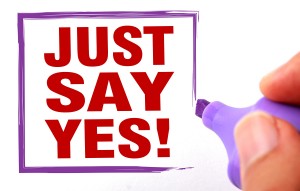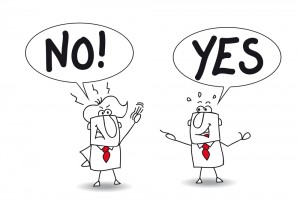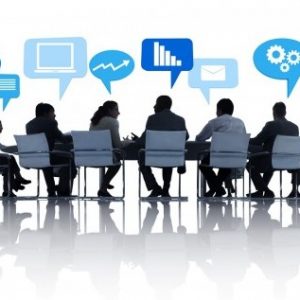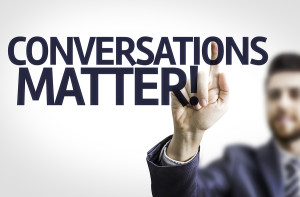
Conversations at Work:
Empathy vs. Sympathy
I’ve noticed that when we’re having conversations at work, many of us confuse empathy with sympathy. Sympathy is feeling for a person. It often involves

I’ve noticed that when we’re having conversations at work, many of us confuse empathy with sympathy. Sympathy is feeling for a person. It often involves

In everyday conversations – whether with friends, family or coworkers – most of us have an empathy deficit – we don’t express empathy enough. Everyone

I’ve been very impressed with a couple of books about improv comedy and how people are using the rules of improv comedy to improve conversation

Have you noticed this? At work, conversations can feel awkward, people aren’t always sure how to respond, or they walk away without understanding or connecting

Conversations at work can often feel more like political debates and battles between egos. People with strong points of view argue and debate without anyone

In the book by Alex Pentland called Honest Signals: How They Shape Our World, research reveals four key honest social signals during business conversations: influence,

I’m intrigued by conversation social signals, as described in the book by Alex Pentland called Honest Signals: How They Shape Our World. Pentland’s research reveals

I’ve been writing about how managers can avoid under managing by more effective management conversations: highly structured, high substance conversations. How can we describe how

An organization’s health is only as sound as its leader’s decisions. Some companies prosper from wise leadership directions, while others struggle after flawed choices—choices that

How a leader responds to adversity reveals how effective that leader truly is. Reactions to setbacks or crises not only test leadership character but define

Business is an active, demanding endeavor. Only those who consistently apply themselves succeed. Organizations that thrive require leaders who actively dream, plan, engage, solve, pursue,

Surveys and studies indicate global job dissatisfaction is at a two-decade high. Disengaged employees account for nearly 70 percent of the workforce, which significantly affects







